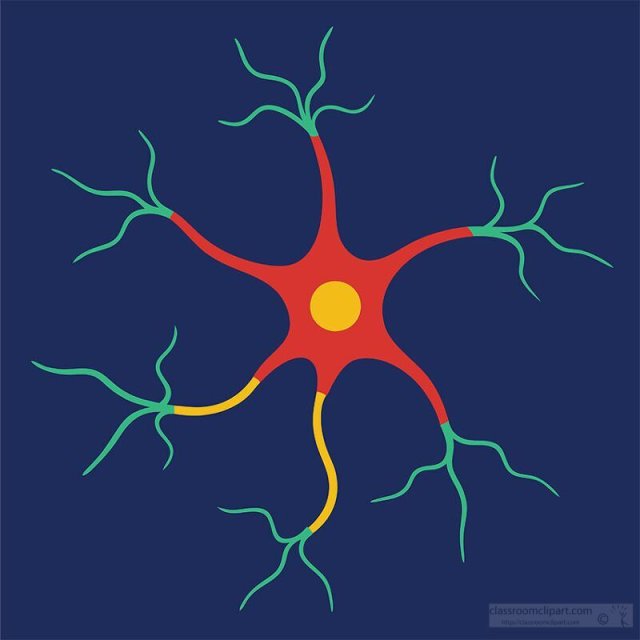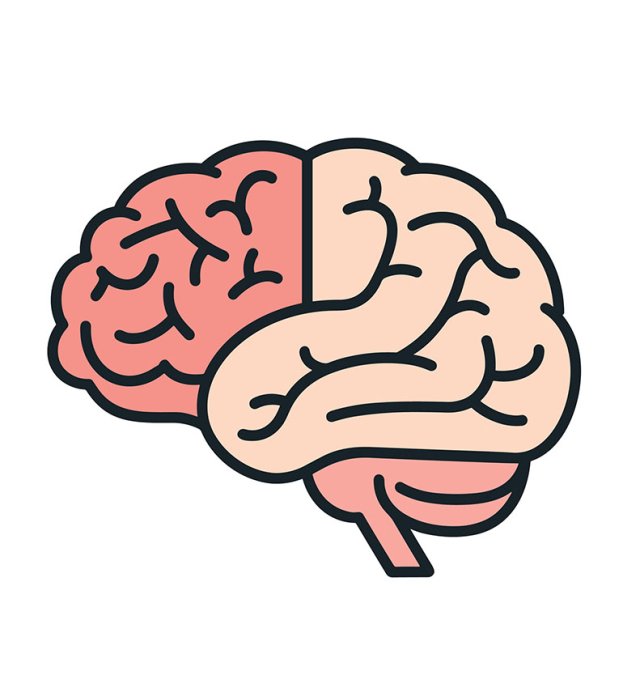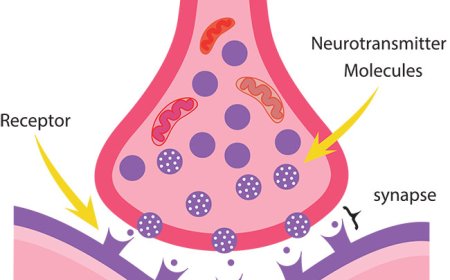The Spinal Cord: Your Body’s Superhighway of Nerve Messages
Explore the spinal cord in this detailed educational article for students aged 8–16. Learn how it carries messages between the brain and body, controls reflexes, and protects your movements. Includes vocabulary, quiz, and kid-friendly summary

🧠🦴 The Spinal Cord: Your Body’s Superhighway of Nerve Messages
Imagine a road that connects every part of your body to your brain—a road that sends messages at lightning speed, helping you move, feel, and react in a split second. That road is the spinal cord, one of the most important parts of your nervous system. Without it, your brain wouldn’t be able to talk to the rest of your body, and your body wouldn’t know what to do.
The spinal cord is a long, thin bundle of nerves that stretches from the base of the brain down through the center of your back. It’s shaped like a thick rope or cord and is protected by your backbone (also called the spine or vertebral column). This protective bony covering is made up of 33 vertebrae, small bones stacked like blocks. Between each bone is a cushiony disc that helps you bend and move without hurting the spinal cord.
Inside this bony tunnel, the spinal cord acts like a message highway, carrying instructions from your brain to your muscles, skin, and organs, and bringing back messages from the body to the brain. For example, when your brain decides to raise your hand, it sends an electrical signal down the spinal cord. From there, that signal travels through nerves that branch out to your arm. At the same time, if your fingers feel something hot, the nerves send a message back through the spinal cord to tell your brain, “Ouch! That’s too hot!”

The spinal cord works closely with the brainstem, where it begins. Together, they form the central nervous system, the control center for everything you do. From the spinal cord, 31 pairs of spinal nerves branch out and spread to every part of your body—from your toes to your fingertips. These nerves handle all kinds of tasks: moving your muscles, sensing pain, temperature, and pressure, and even controlling organs like your stomach and lungs.
One amazing thing about the spinal cord is that it can act on its own. Some messages don’t need to go all the way to the brain. These are called reflexes, and they happen super fast. For instance, if you accidentally touch a hot stove, your hand jerks away before your brain even gets the message. That’s because the spinal cord handles the reaction instantly to keep you from getting hurt. A moment later, the signal reaches your brain, and you realize what happened.
The spinal cord is made up of two main types of tissue: white matter and gray matter. White matter surrounds the outer part of the cord and carries nerve signals up and down. Gray matter is in the center and contains neurons that process and relay messages. These tissues work together like a team to make sure signals are sent clearly and quickly, without getting mixed up.
Because the spinal cord is so important and delicate, it’s protected in many ways. Besides the vertebrae, it’s surrounded by cerebrospinal fluid and three layers of tissue called meninges. The fluid cushions the cord and removes waste, while the meninges act like strong wrapping paper. All of this protection is necessary, because damage to the spinal cord can lead to serious problems like paralysis, where a person loses movement and feeling.
Taking care of your spinal cord means protecting your entire back. Wear a helmet and back protection during sports or biking, use proper posture when sitting, and lift objects correctly to avoid injury. Exercise and eat healthy to keep your bones and muscles strong—this gives your spinal cord even more support.
Even though the spinal cord is something we rarely think about, it is constantly working behind the scenes. Every time you walk, speak, type, or feel the wind on your face, your spinal cord is involved. It’s one of your body’s most impressive tools—a living wire that connects you to the world and helps your brain stay in charge.
🧠 Vocabulary
- Spinal cord – The bundle of nerves inside the spine that carries messages between the brain and the body
- Vertebrae – The small bones that make up your backbone or spine
- Central nervous system – The brain and spinal cord working together
- Nerve – A bundle of fibers that sends signals to and from the brain and spinal cord
- Reflex – A quick, automatic action the body makes to protect itself
- White matter – The part of the spinal cord that carries signals
- Gray matter – The part of the spinal cord that processes signals
- Cerebrospinal fluid – The clear fluid that cushions and protects the brain and spinal cord
- Meninges – The protective layers of tissue around the spinal cord and brain
- Paralysis – Loss of movement and feeling caused by injury to the spinal cord or brain
🧒 Kid-Friendly Summary
Your spinal cord is like the world’s fastest message road. It sends signals from your brain to your body and back again, helping you move, feel, and stay safe. It even jumps into action before your brain when something hurts, keeping you from getting injured. Protected by your spine and cushioned with fluid, it’s one of your body’s most important parts—so treat it with care and keep it safe every day!



















































